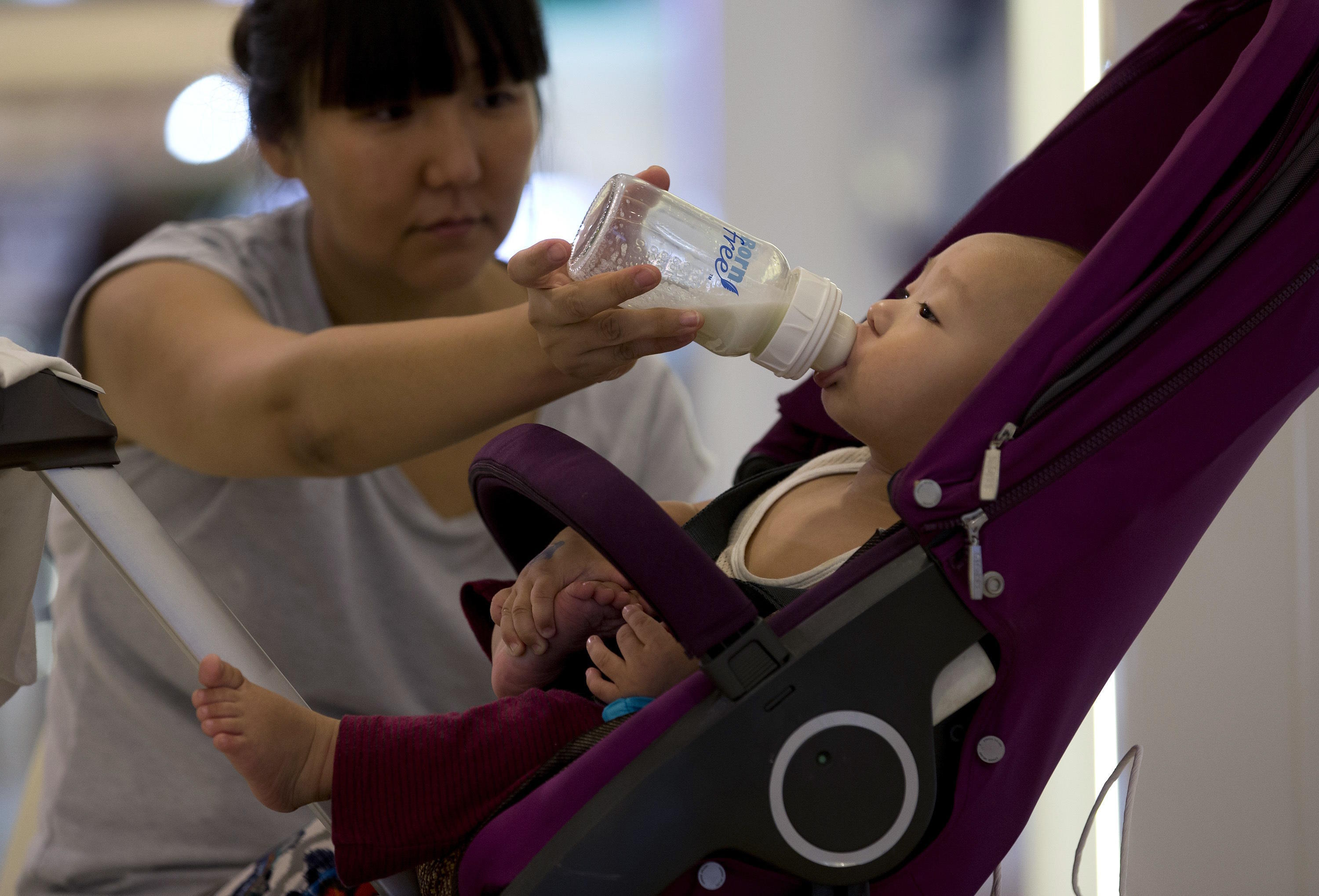Thirty years after the broadcast of The Death Rooms, international adoptions have plummeted. In 1995, Documentos TV aired this Channel 4 documentary that shook the world and boosted adoptions by revealing the terrible conditions in which Chinese orphans lived. Nameless, malnourished girls tied to chairs. The testimony, which exposed the reality of thousands of girls, sparked a global reaction whose echo in our country barely resonates today: in the year 2000, Spain carried out 475 adoptions of Chinese children - the second country that adopted the most, after the United States - compared to the four adoptions carried out in our country throughout the year 2023.
Birth rates in Spain have been plummeting year after year. The average number of children per Spanish woman in 2021 was 1.3, a historic low that places us as one of the countries with the lowest birth rate in Europe. Adoptions have fallen in parallel to this phenomenon. "What has dropped dramatically is the number of applications," says Cristina Núñez, a psychologist from the Adopta association. Regarding international adoption, the collapse is evident: Spain has gone from 3,062 children adopted in the year 2000 to 153 in 2023.
Núñez highlights a change in the way Spaniards understand international adoptions: "Now people know more, they know that not everything is super beautiful, nor that everything will be great, but that it is work that needs to be done with the children, that you may encounter complicated situations and that they may need psychological support."
In the 2000s, Spaniards were novices in international adoptions. Two decades later, they are aware of the harsh reality it can be. "Perhaps it was not taken into account that these are children who have a previous history, experiences, that there may be a situation of abuse or mistreatment, and that psychologically it can leave a mark... And if it is covered up or not talked about, if it is not addressed, many times things come out later when they are teenagers or a little older," concludes the expert.
Elisa Chuliá, a Sociology professor at UNED and researcher at Funcas, also emphasizes the change in Spaniards' mentality about motherhood: "Before, children came by default. We didn't consider it, it was logical." "Now pregnancies are delayed much more, women study and want to work," she explains. The numbers speak for themselves. In the year 2000, the average age for mothers in Spain was 29.08 years. Currently, Spanish women have their first child at 32.6 years. This decline is reflected not only in international adoptions but also in domestic ones, going from 964 cases in 2000 to 681 in 2022.
Additionally, the economic effort involved in being a parent has increased considerably. According to a study by the European savings platform Raisin, the total cost of raising a child has increased by 41.37% in the last 20 years. In 2023, according to their calculations, raising a child costs 309,381.55 euros until they reach emancipation.
Assisted reproduction also influences the decline in adoptions. In this sense, Spain is one of the leading countries in new fertility techniques. "Many families first exhaust all options to have biological children and then, if not, consider adoption," says Núñez. In 2021, 40,638 babies were born through assisted reproduction, representing 11% of births in Spain.
This decline is also explained by the increasing restrictions imposed by countries offering children, which complicate, if not make impossible, international adoptions. This toughening is explained by the desire to promote adoption within their borders. "International adoption is always seen as a last resort for children," says Núñez.
Currently, giving a child up for adoption abroad has a "negative political connotation," which could be interpreted as an indicator that a country is not capable of adequately protecting its own children. "That children can stay in their countries of origin means that the country has improved," explains the expert. Many countries that previously favored international adoption no longer need it, a sign that the country has progressed. "They have developed national adoption and foster care programs so that children do not have to leave their countries, which is always better," Núñez concludes. This is the case for countries like Romania or Ukraine.
In the year 2000, Spain adopted 583 Romanian children and 218 Ukrainian children. Currently, these two countries have banned international adoptions. Russia as well, although for different reasons. In 2000, 497 Russian children were adopted, positioning it as one of the favorite countries for Spaniards for years. Until 2011, when Vladimir Putin decided to close the doors to Spain due to the legalization of same-sex marriage in our country.
Other cases include Colombia or China. These countries significantly reduced the possibilities of international adoptions, facilitating only children of a certain age or with disabilities. In the case of China, this decrease is also due to the end of its "one-child policy."
Conversely, demands in Vietnam have increased. Its easy legislation and low restrictions position it as the favorite for adoption in 2023. "In the 2000s, there was no entity in Spain covering that country," says Santi Llensa, director of the Iniciativa Pro Infancia (IPI) association, to EL MUNDO. According to this institution, Vietnam's success lies in "the good care that children receive in their orphanages." Another reason is the age: "In Vietnam, many young children can still be adopted, which is impossible in other countries already." "There is very little domestic adoption, they lack generations until Vietnamese people adopt in their own country," Llensa concludes.
